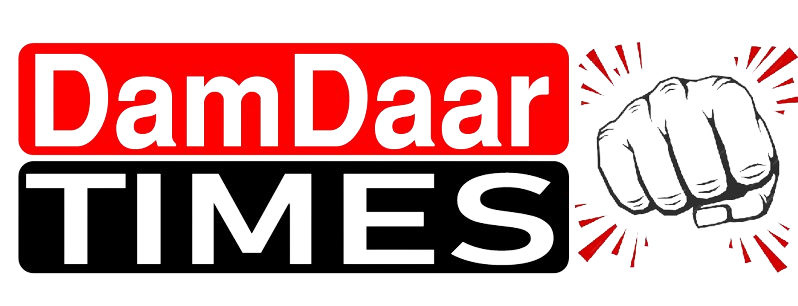Facts-Check Policy:
a) Damdaar Times is dedicated to ensuring the accuracy of its content by investigating claims, questioning assumptions, and challenging conventional wisdom.
b) Commitment to due accuracy is fundamental, considering the subject and nature of the content, with explicit acknowledgment of any constraints that may influence expectations.
c) All output must be well-sourced, based on available evidence, and corroborated. Honesty about uncertainties and avoidance of unfounded speculation is paramount.
d) Journalists refrain from deliberate plagiarism or distortion of facts, including visual information.
e) Independent verification is sought for claims, especially from public officials or those with agendas beyond reporting the truth. Unverifiable content is attributed.
d) Damdaar Times stands by published information, correcting proven inaccuracies promptly to maintain audience trust.
e) Public reporting of inaccuracies is encouraged through the ‘Suggest A Correction’ section, promoting transparency.
f) Journalists prioritize reporting, writing, and fact-checking, with stories subject to review by editors based on various factors.
*Correction Policies:*
Damdaartimes.com acknowledges occasional errors and maintains transparency and excellence through correction procedures.
*For Readers:*
If a reader identifies an error, they should contact the editor-in-chief, Emilee Wentland, directly via email at damdaartimes@gmail.com with the subject line “Correction Needed.”
Correction submissions include the correction, issue date or number, where the error occurred (print, online, etc.), the reader’s name, and contact information. Readers are encouraged to provide correct information and sources.
Readers can expect a response from the editor-in-chief, with further contact for clarification if needed. A correction submission guarantees investigation but not necessarily a correction issuance.
*For Damdaar Times:*
The editor-in-chief investigates errors using provided information, meeting minutes, recordings, and other sources. If an error is confirmed, corrections are issued in all disseminated forms:
– *Print:* Corrections appear on page 2A in the next issue, denoting the issue, article, incorrect information, and the correction.
– *damdaartimes.com:* Articles are corrected, with an editor’s note added to specify the incorrect details and when the correction was made.
– *Social Media:* Correction posts link to the corrected article on platforms like Facebook and Twitter.
The editor-in-chief informs the submitting reader of the corrective steps taken once the correction is implemented.
